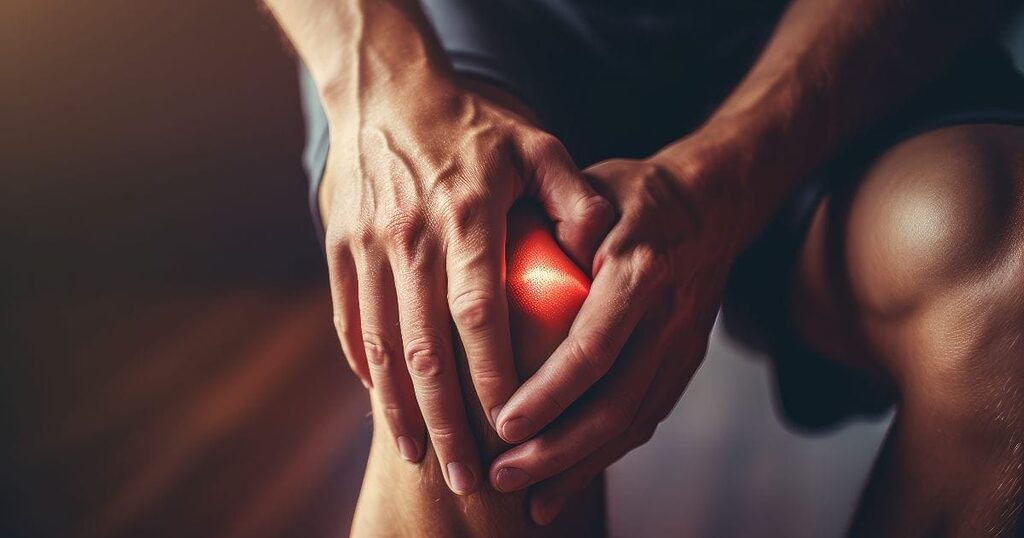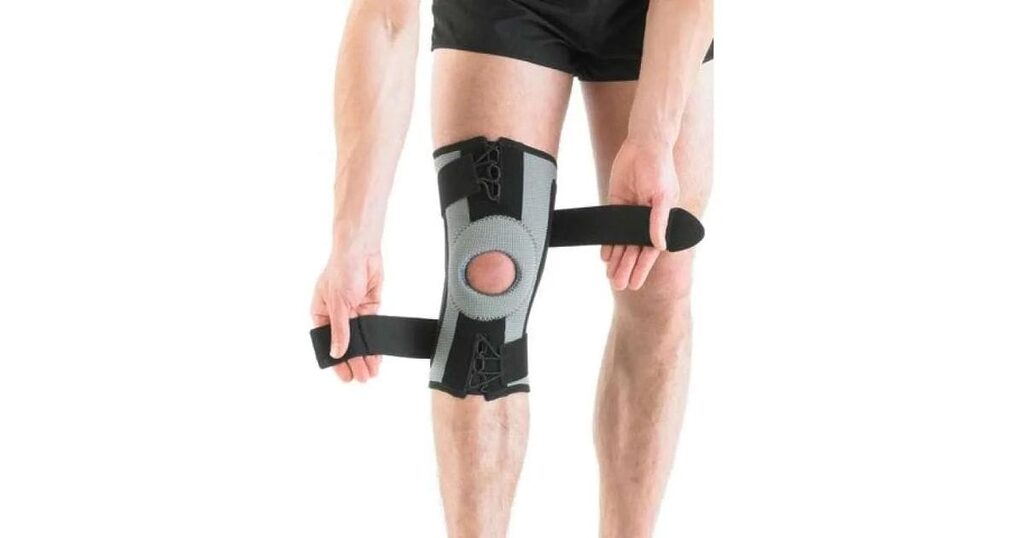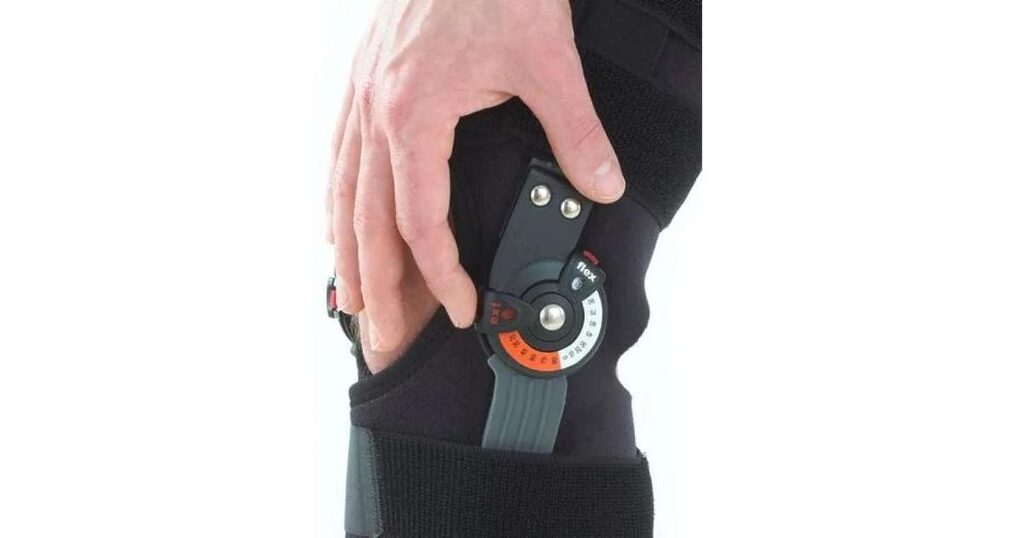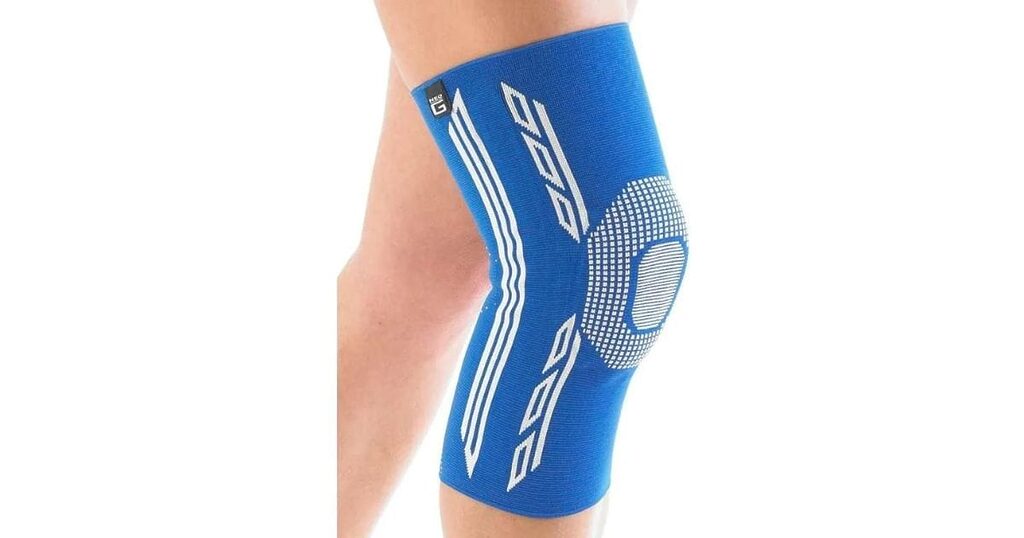
Improperly strapping on a knee brace without understanding its correct application can lead to suboptimal support and potential discomfort. Misalignment can diminish the brace’s benefits, causing chafing, skin irritation, or even worsening existing issues.

Target Your Condition: Proper application aligns the brace with your joint’s biomechanics, offering targeted support for conditions like ligament injuries or osteoarthritis.
Comfort: Adjust straps correctly to avoid discomfort and ensure the brace stays securely in place.
Enhance Effectiveness: Accurate application enhances the brace’s ability to stabilise the joint, promote healing, and prevent further injuries.
Relying on a knee brace for all activities can lead to chronic dependency, hindering muscle strength and joint stability. Over-reliance can cause “Chronic Dependency Syndrome,” where dependence on the brace prevents natural healing and strengthening.
Address Muscle Atrophy: Engage in targeted exercises to maintain or restore muscle strength around the knee.
Promote Joint Stability: Incorporate exercises to enhance joint stability and overall support.
Improve Functional Movement: Exercises help improve the knee’s range of motion and functionality.
Prevent Dependency: Balance brace use with exercises to prevent dependency and regain confidence in natural joint stability.
Get a Customised Exercise Plan: Work with healthcare providers such as exercise physiologists to design a personalised exercise plan tailored to your condition. These plans address weaknesses and gradually increase intensity to promote optimal recovery.
Assuming all knee braces serve the same purpose can lead to choosing an unsuitable one for your specific condition. Different braces are designed for various needs, and selecting the wrong one can result in ineffective support and discomfort.

Understand the Purpose: Different braces serve different purposes, such as prophylactic braces for injury prevention, functional braces for support during physical activity, and rehabilitative braces for post-injury recovery.
Optimal Support with Patella Opening: For stability concerns, consider a brace with a patella opening for targeted support. This design helps control patellar movement while offering stability, which is crucial for conditions like patellofemoral pain syndrome or post-injury rehabilitation.
Proper Sizing and Fit: Ensure the brace fits correctly to prevent issues like slippage, discomfort or inadequate support.
Long-Term Considerations: Consider factors like the expected duration of use, lifestyle, and activity level when choosing a brace.
Sacrificing comfort for excessive compression can impede blood circulation and cause numbness or, in severe cases, deep vein thrombosis. Tight fittings may also cause skin abrasions and muscle atrophy, hindering rehabilitation.

Adjustable Straps: Choose braces with adjustable straps to customise compression levels.
Regular Checks: Periodically assess the brace’s fit to ensure it remains comfortable.
Consultation with a Professional: If discomfort persists, consult a healthcare professional for adjustments and recommendations.
Heed Warning Signs: Pay attention to signs of discomfort, numbness, or skin changes, indicating potential issues with the brace’s compression.
Abruptly stopping the use of a knee brace without professional guidance can risk setbacks in your recovery process. The knee may struggle to adapt to increased stress without gradual adjustment.
Allow Muscles to Adapt: Gradual weaning helps supporting muscles adjust to increased load-bearing.
Confirm Stability: Gradual weaning allows the knee joint to assume its responsibilities, minimising instability risks.
Rehabilitation Progress: A phased approach ensures sustained rehabilitation progress and reduces setbacks.
Gradual Readjustments: Gradual reduction provides time for the knee to adapt to daily activities without external support.
Don’t let your knees hold you back! Braces offer indispensable support, promoting stability, comfort, and an accelerated path to recovery. Choosing the right knee brace unlocks optimal support, ensures comfort, and paves the way to a pain-free, active future. Ditch the guesswork, consult a professional, and select the correct brace for you. Your journey to recovery starts now. 💪